Ordinarily, my interests lie in screenwriting. But, with a fervent interest in visuals and designing, I wanted to have a stab at production design because I believe in the importance of surrounding and describing setting in a script. So, being able to have control over that, for once, and being able to bring an entire film's setting to life from the ground up ended up being a fun, fulfilling, yet obscenely stressful undertaking.
I was the production designer on a short film called Cargo. Early on in planning stages, it seemed most logical to shoot inside a physical lorry trailer and that my job would be to fill the trailer with cargo. It emerged that hiring a lorry trailer would be very expensive and a logistical nightmare. It was then decided to build the set, increasing my responsibilities on Cargo's design. The job required the entire creation of a legitimate lorry trailer to show the audience without using an actual trailer. Legitimacy required the construction of a sturdy, factually accurate, set as well as exhibiting creative license. My intention was to create a small, claustrophobic space to extend this feeling to the audience. It was suggested that we only create a portion of the trailer and cargo, as opposed to a fully-sized 12m long trailer. The factual accuracy of the set would enable the three actors to fully immerse themselves in the world of the film and the setting of a lorry. I went on a recce to Green Screen's studio spaces in Selby and a filled lorry at my dad's workplace when I visited home.
There has been little in the way of texts in which contains settings which even resembled lorries. The closest the team could come to was Buried (2010) which took place in a coffin. Besides that, I researched images from news reports regarding immigrants entering lorries illegally. This facilitated costume as well. I was able to see images of immigrants during their travels and them standing in wait in places like Calais. This led me to deduce the logic behind their clothing choices.
During the script development, I made plans for the set design as well as props. I wanted to show a level of variance in the cargo and create a space which did not look two-dimensional on screen by creating spatial inconsistencies between the different set pieces. Key to the claustrophobia of the film and this feeling for the audience was the darkness of it. The set, as a lorry, would be effectively black except for the light through the hole in the curtain. In order to achieve this, I consulted with our director of photography in order to be able to create a set that would not infringe on placement of lights in an intentionally cramped set. I also consulted with him regarding what would not be seen and eliminated the need for a lorry door and ceiling.
I collated images from news reports into a moodboard ( Appendix A) to refer to easily in terms of set, costume, and props. I also visited wholesalers to gauge how to stack and wrap cargo on pallets. The first set plan of the inside, sans curtains, from the side of the lorry the action was to be filmed from, is Appendix B.
A meeting with established theatre set designer Rob Del Pino helped make sure the actions I was to take going forward were logistically sound. He suggested using the department's portable stages as the insides of boxes rather than constructing frames in order to make them sturdy enough for pallets to sit on and the characters to lean/climb on. From this meeting, I went and sourced cardboard boxes calculating needing around sixty of them. The boxes individually were 19" × 12.5" × 14". I bought 90 for good measure as I found them on Amazon for a good price. The boxes also came with rolls of parcel tape and bubble wrap to be littered around the set as extra props. The plan was to cover the stages which were 1m width × 1m depth × 75cm height with cardboard faces constructed out of the boxes flattened for a bottom layer of large cargo creating the long side wall opposite the curtain. The two layers on top of this were going to be the same, but would not contain the tables in them as they were not required to be leant/climbed on.
During the four-day construction, it was discussed with the crew that it would make sense to use the surplus boxes as individual boxes and pile them all on top of the large bottom layer of cargo, rather than going through the rigmarole of cutting them up to create the 1m × 1m × 75cm versions we had. Taking the suggestion with little time was a risk that I was willing to take with the team's encouragement and it worked perfectly. With this in mind, the final set plan was created, see Appendix C: The dimensions of the set and everything in it needed to be very precise and adhered to as we knew that we would be stretched for space in the small Studio 2.
The large boxes of cargo seen are just the front and top of the boxes with tabs on the front face to simulate the corners rather than piecing together the actual sides which are not seen. This enabled us to create a flat panel of cardboard around 1.75m height (the height of the stage + the depth) which could be cling film wrapped much easier and then folded over to create the illusion of large boxes.
For the back wall, the bottom, large cargo is a stage table of 2m × 1m × 75cm covered in sheet tarpaulin to create the semblance of appliances that were perhaps not put in a box. Underneath the table are the leftover pallets and other equipment and set elements that were not being used in order that the characters could lean upon it.
There was difficulty sourcing the lorry curtains. Firstly, they are quite expensive. There were no local providers I could visit for discarded ones. The later pages of search results led me to UK Trailer Parts in Grimsby and they were very co-operative in helping me gauge the suitability of the curtain without me having to travel to them or vice versa. It was a used curtain with incorrect printing sold for a reasonable price.
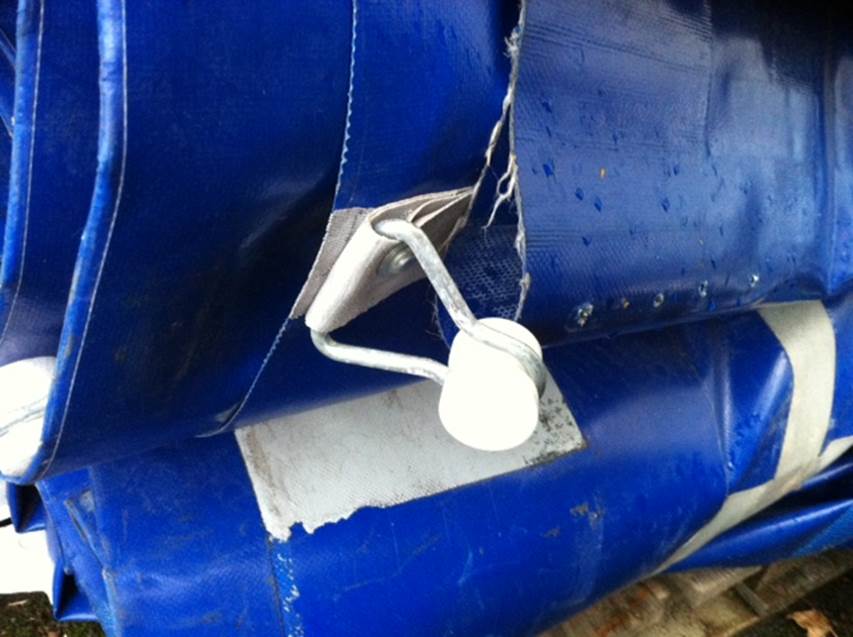
They sent me pictures, which I passed on to Rob who would consider ways to hoist them. He decided best to use scaffold hoists and a piece of scaffold and affix the curtain to the scaffold using bungee cords provided by the department through the ringlets. The length of the set required one long piece of scaffolding attached to another using a sturdy industrial clamp. It was useful to have a curtain without chain weights weighing it down on the bottom of the curtain so that we could enter and leave the set easily and the camera had a bit more leeway in framing for wider shots. During the theatre build, attaching the heavy curtains to the scaffolds required me to orchestrate the whole team to work together safely so that none were dropped and had to be hauled back up again. See the exercise and final structure in place below.
The preliminary plan also showed the floor level which would be on top of yet more cargo. I also decided to allude to this raised floor rather than create it physically in order to eliminate the difficulty around shooting at a height and the actors performing from a height, too. The 'floor' on which the action happens is instead at ground level and is three large sheets of plywood and covered with more cardboard.
The front wall of the trailer closest to the lorry cab was two set walls of 3m height, painted black, held up by stage weights and braces. The metal slat in between them hid the gap and established depth rather than being never-ending. It was a metal stage slat 2m long stuck on using industrial Velcro.
By chance, I managed to get in contact with the University's pallet provider who, when told I was a student, gave me a lowered price for 1m × 1.2m pallets.
I had the pallets placed on top of each large 'box' of cargo and the small individual boxes on top of each pallet which measured to fit perfectly.
For some variety to the boxes, I had some cling filmed clear, some cling filmed black, and some bound to pallets. I designed and printed receipt stickers based on legitimate receipt stickers. These proved to be useful in giving a texture to the set.
The box over which Hamad climbs to gain entry into the main space was also a stage but a 1m × 1m × 1.5m making it taller dressed with a large 'box' but with three faces, two corner faces and the top, rather than just the two for the rest of them. More small boxes were then placed on it.
After the construction, we left the set as it was to be built in the workshop. I had planned for the set to be modular in order to be easy to move and easy to review for continuity in that if anything moved, it would be large enough to notice and rectify. This made my role of set continuity easier.
I managed to adopt a conveyor belt approach using all hands to bring the set into the Black Box moving in the walls, the small boxes, the pallets, the large 'boxes', the tables, then the floors with the curtain to be erected last. A keying system (e.g. D2 was the second column of boxes on the fourth pallet) was adopted so that each module was moved and placed from and into the right place, ensuring continuity.
Miscommunication regarding the booking times in each location meant that our space in the Black Box was compromised but by speaking to the lighting manager of the On Ego production, we were able to lower the main curtain and wheel it inside the set in time for her to be able to rehearse. During the time in the Black Box, I ensured the performance space was cleared of all lighting and grip and that all of it was moved into within our confines of the intended seating area. In-between takes near the end of each day, I de-rigged used lights and packed them away, moving lighting and camera boxes and trolleys into the designated spaces as well as checking on set continuity which was my main on-set role.
The following video illustrates the set building process:
When we needed to be out of the Black Box, the only place which would allow most space for the set to be placed before we could move into Studio 2 was the main corridor. The same conveyor belt approach was adopted and the boxes were put on top of the tables in the order they would be on set. Once the When The Dust Settles crew were done in Studio 2, we moved in.
The colour palette for the film was discussed with the colourist so that the colour grade was consistent with the colours on set. We wanted the film to be vastly cold for the audience and populated with autumnal colours in order to compliment the brown boxes. As such, we decided on a moss green shade in the shadows which also complemented the deep blue of the curtains. As such, the only warmth came from the boxes, the red light, and the tungsten lamppost lights shining in through the hole.
The costume colours were centred on this, too. I wanted them to be void of drastic colour. The warmth in Sayid's costume reflected his warmth as a character and paternal nature to the audience. The navy and grey costumes of Hamad and Nazim reflected a dark element that they have in common to the audience. In addition to this, costumes had to be logically chosen. Fleeces, coats, jeans, as well as trainers made sense as the most heat-retaining clothes. Such clothes were, luckily, easily available for little money from charity shops and Boyes.
I wanted to source a Qibla compass pointing to Makkah that was ornate and valuable. I looked on the internet for some which were appropriate however they all looked too plastic and worthless. Also, Muslims around the world have now turned to mobile apps to point them to Makkah which has made Qibla scarcely available outside of the UAE. I wanted a genuine, beautiful one with intricacy and made of solid materials. I tried to see if there was anyone I knew who was in UAE or around it at the time but had no luck. The trouble then was finding one that was accurate to the Syrian geography and was not in just English. I went back home to Oldham where I knew there was a great deal of Islamic shops. I found one small shop whose owner said that he thought he could source one like we were looking for from a small store in Huddersfield. When it arrived it was perfect and cost vastly less than I expected. I then got around to customising it in order to make it more personal and sentimental to Sayid for the audience. The pattern inside was done using a 2mm craft brush and oil paint and was dangerous work as mistakes were difficult to get rid of.
The decision was later made by the director to wear down the Qibla to make it aged.
Because of an initial mix-up, an unsuitably small lorry curtain arrived first. They managed to send the right sized curtain in time for the build eventually. But the smaller and lighter curtain was useful for the shot outside. For this we were able to affix the 7ft small curtain to a rig of four C-Stands on top of a 1 × 1 stage. In order for the camera not to receive light from outside into the lens, I needed to essentially create a blacked out cube in which Hamad and the cinematographer would fit. In order to black out the roof and walls I ordered black wool serge. Eight metres of this allowed for two metres for each wall which was attached to the C-Stands using croc clips. The spare curtain meant we could do this shot at the beginning of the shoot and cut the large hole out of it through which Hamad jumped.
The rudimentary setup worked perfectly on camera and the edges were vignetted in post-production.
The WTDS set construction overlapped with ours. While this meant we had less space to build in, it meant that we could use the dust and sand they made in order to sully our set as lorries are dusty, dirty settings. This and the dust particles in the light helped achieve this effect for the audience.
Before shooting Sayid's first scenes, luckily rather than during, his trousers ripped and I managed to sew them up before the actors were required in costume on set.
On set, beside continuity, I shared the camera reporting to help in the editing process and was a spare pair of hands for anything the producers and DoP needed.
I was most of the department-allocated money for the set. The cost of props and costume took me to ~£520 ( see Appendix D).
Despite the budgetary restraints, I tried to create an as ambitious a set as possible. I could well have created a fascia of a single layer of cardboard and stood it up rather than a wall of cardboard boxes. I could also have bought a huge sheet of material to resemble the lorry curtains but I wanted to create an as real setting as possible to that of a legitimate lorry trailer. Ultimately, the decision to build a set rather than film in a trailer, regardless of money, was the best one. It gave us the maximum control in filming in terms of sounds and camera as well as the essential manoeuvrability of the set and people interacting with it.
In post production, I helped with the picture edit on a consultative basis and also helped in Foley recording by providing the French voices in the background outside the lorry heard when the lorry halts. These were later muffled in post production. We also worked on the punching and falling noises by punching and snapping celery sticks.
On reflection, the set construction checkpoints were met at every point. I wish, however, that we had as much time as other groups in the workshop to build. As we were, we had four ten-hour-long days of set building during which we were lucky not to fall prey to any mistakes, emergency replacements or logistical issues. I also would have preferred to have had the build earlier. We were building in the four days before kit collection and filming and so if we were, hypothetically, unable to finish, then we would have had perhaps unavoidable and certainly expensive issues, diminishing the outcome for the audience.
The feedback we received initially was disheartening (see feedback) but with the widespread reaction we received, we're incredibly proud.
In addition, I am extremely proud of the set we built. Looking back I am surprised that we managed to complete the build in the condition we were hoping for in four days. I think it would look like a genuine lorry for the audience. With no experience of set building before there was a risk of a lot of the plans I had for it not working out. For example the things that were arranged to be provided by the department could have been unsuitable, or the build of boxes having insufficient tensile strength or the erection of curtains being unsafe and I am glad that the plans worked out and portrayed the world and tone for the audience.
Finally, watch a short cut of Cargo here.
Appendices
Appendix A – Mood Board
Appendix B – Initial Set Plan
Appendix C – Final Set Plan
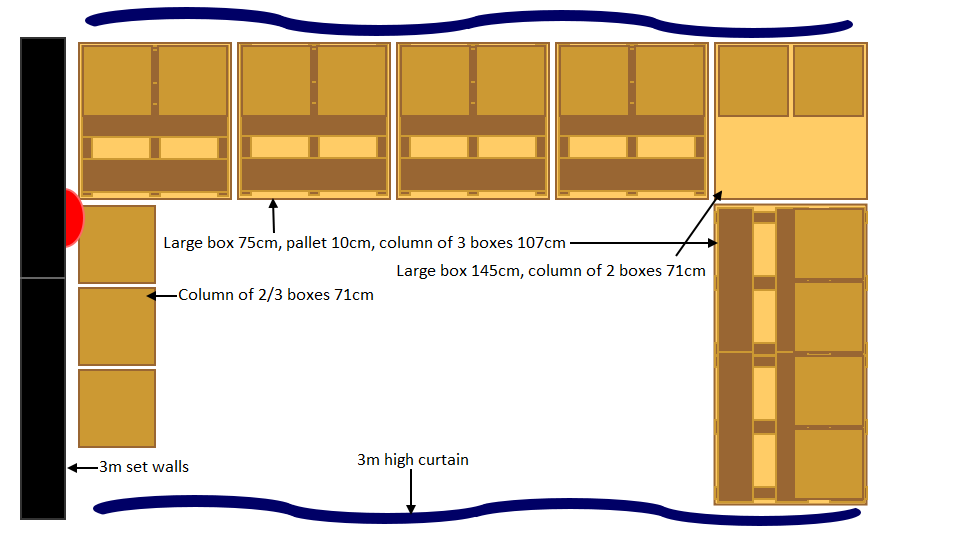
Appendix D - Budget
Feedback
By the markers of the year's short films, Cargo was not received as well as we, the crew, would have been happy with.
"Setting the story in a single location, and with only a small number of actors, runs the risk of being stagey – the sort of thing that might be better seen as a play. But it works here as cinema."
"The editing was fluid and unobtrusive, the set design slightly invisible (and colourless?) but still evidently carefully thought out, and costume and make-up were both good."
"The art direction wasn't bad but it is clear that more research needed to be done as to how lorries are loaded (e.g., a wooden pallet leaning against boxes would never stay put) and opportunities were missed – it is a ripe setting for nooks and crannies as places to hide or unite/divide characters thematically."
It's also worth mentioning that the Cargo crew, together and individually, was 'robbed' due to the criticisms it received. This seemed to be echoed as Cargo went on to win the award for Best Short Film in the Yorkshire Short Film Category of the Leeds International Film Festival, the Audience Award at the LUMA Film Festival, and selected for the Official Selection of the Miami Independent Film Festival. The highlight was the win at Leeds, where the film was chosen above films made by far more experienced filmmakers including students at the National Film and Television School - the world's leading graduate film school. Here, the head judge lauded the set specifically.

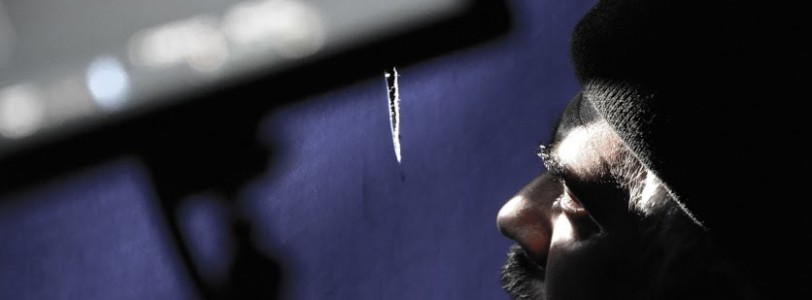
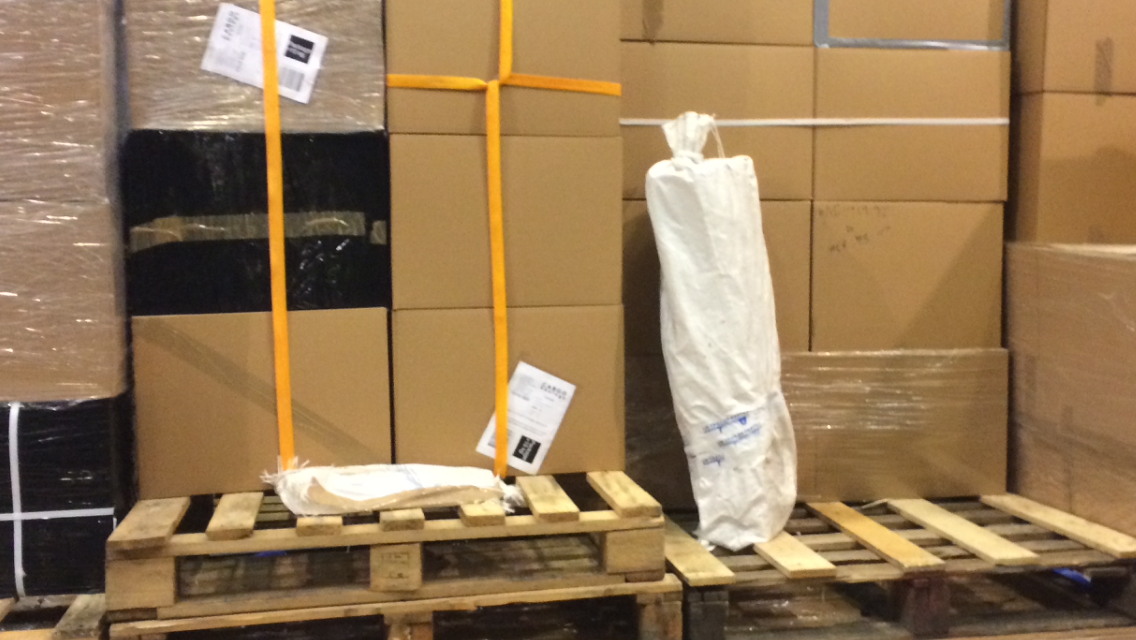
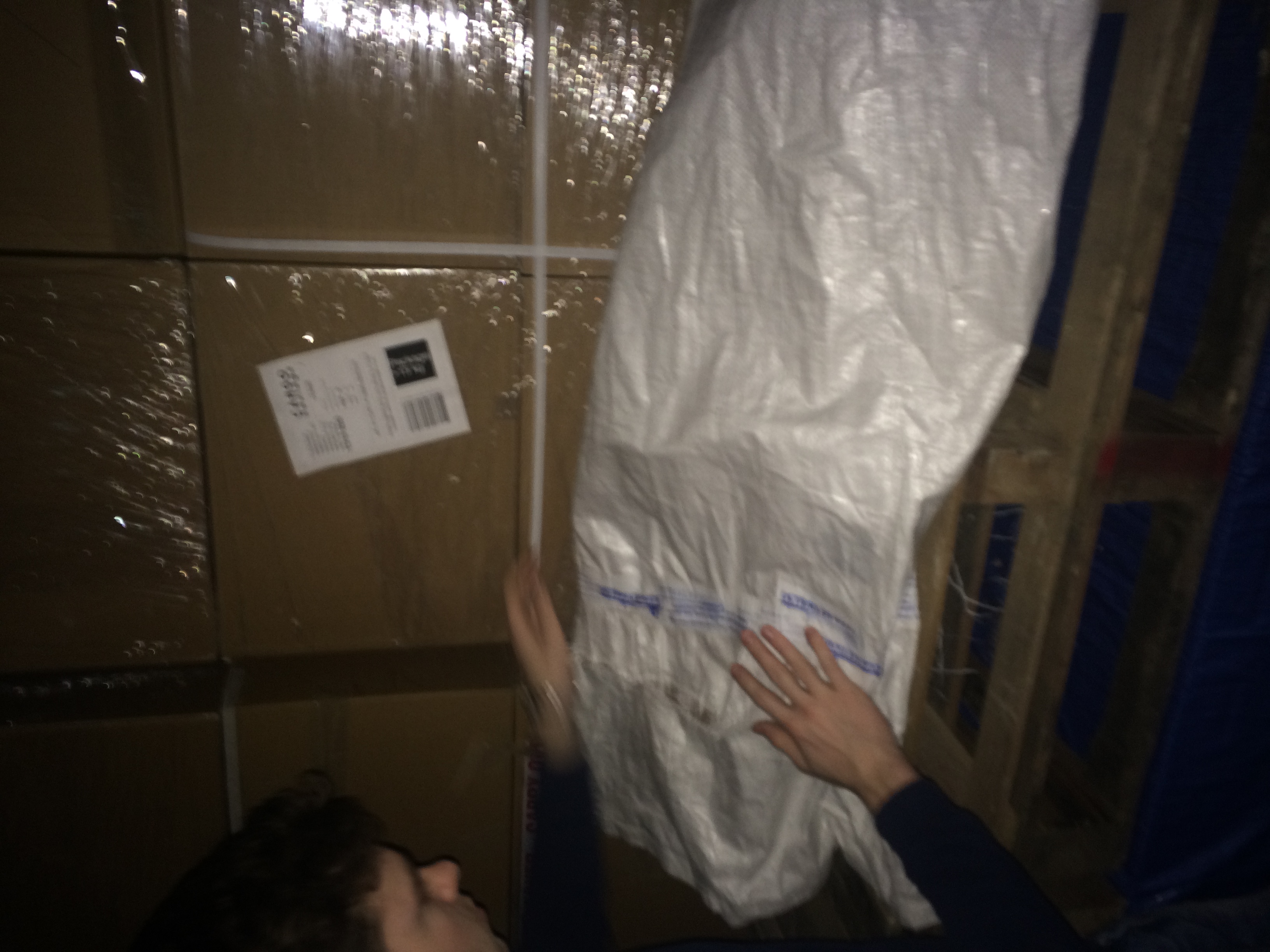
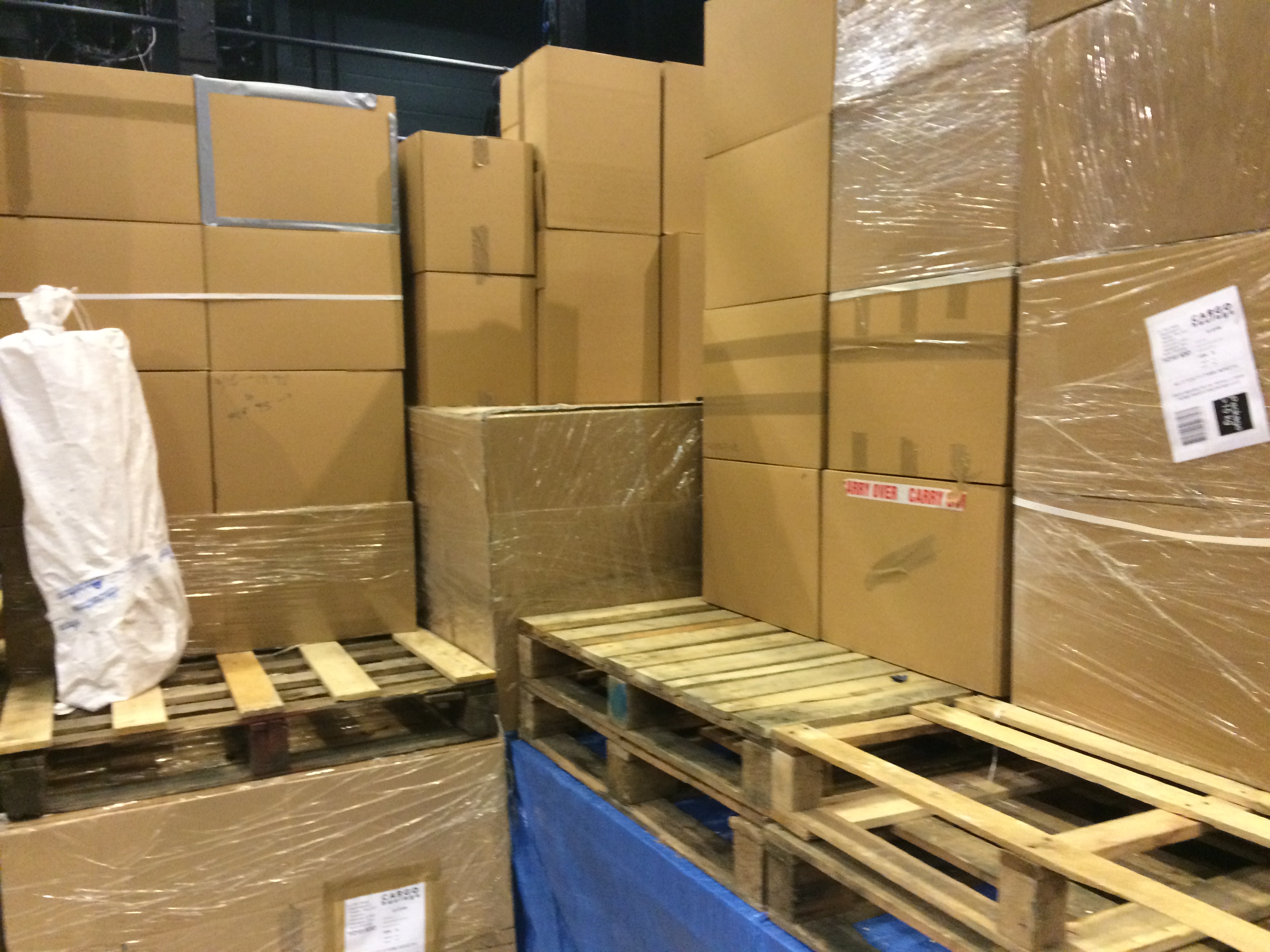
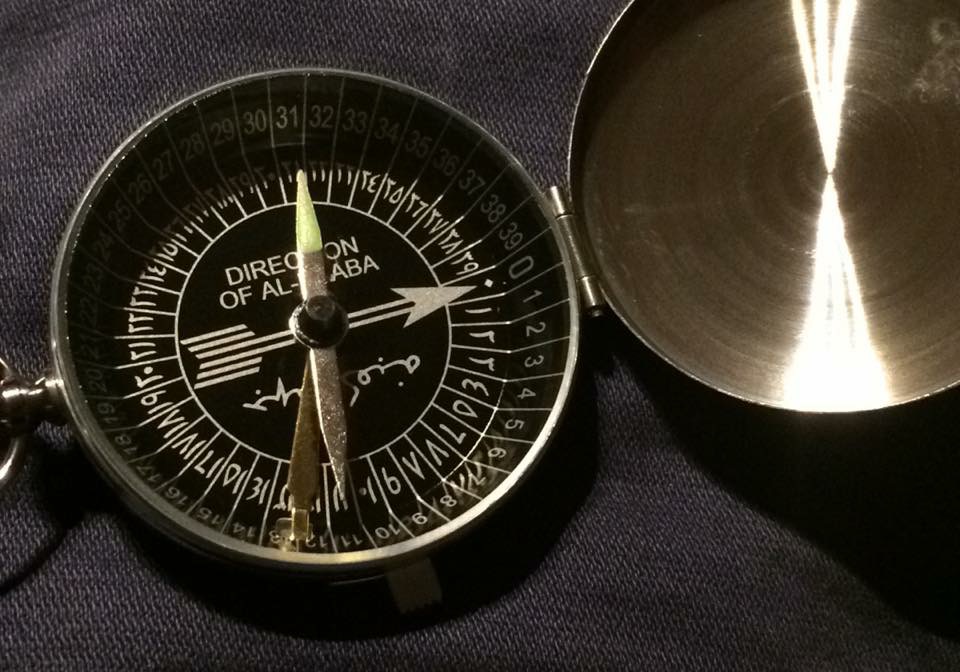
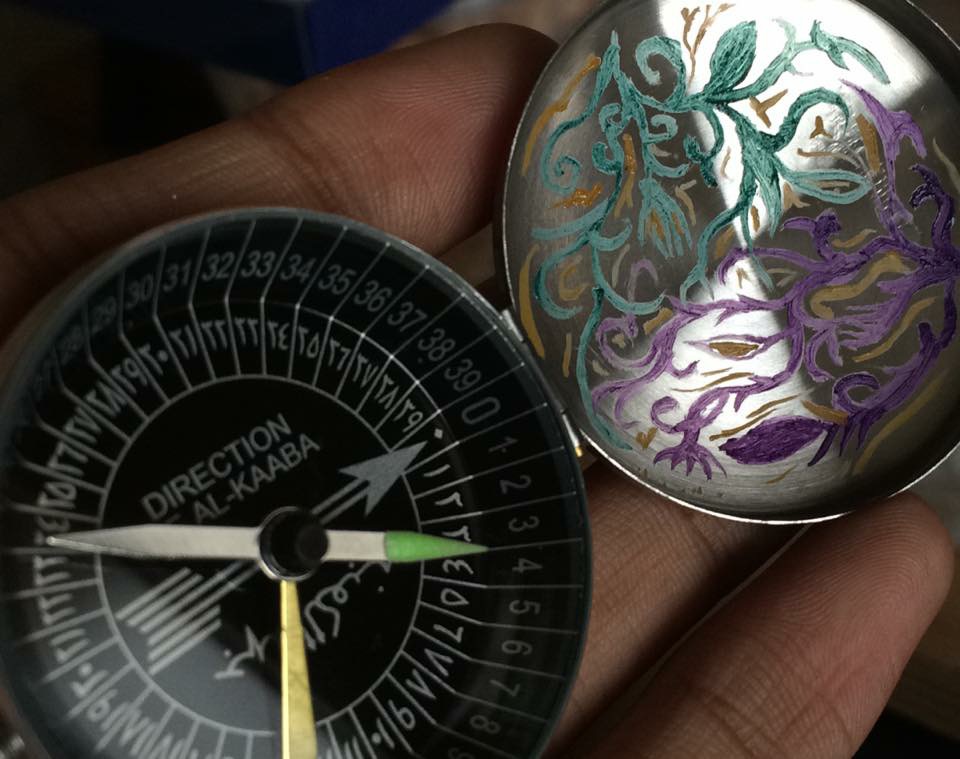
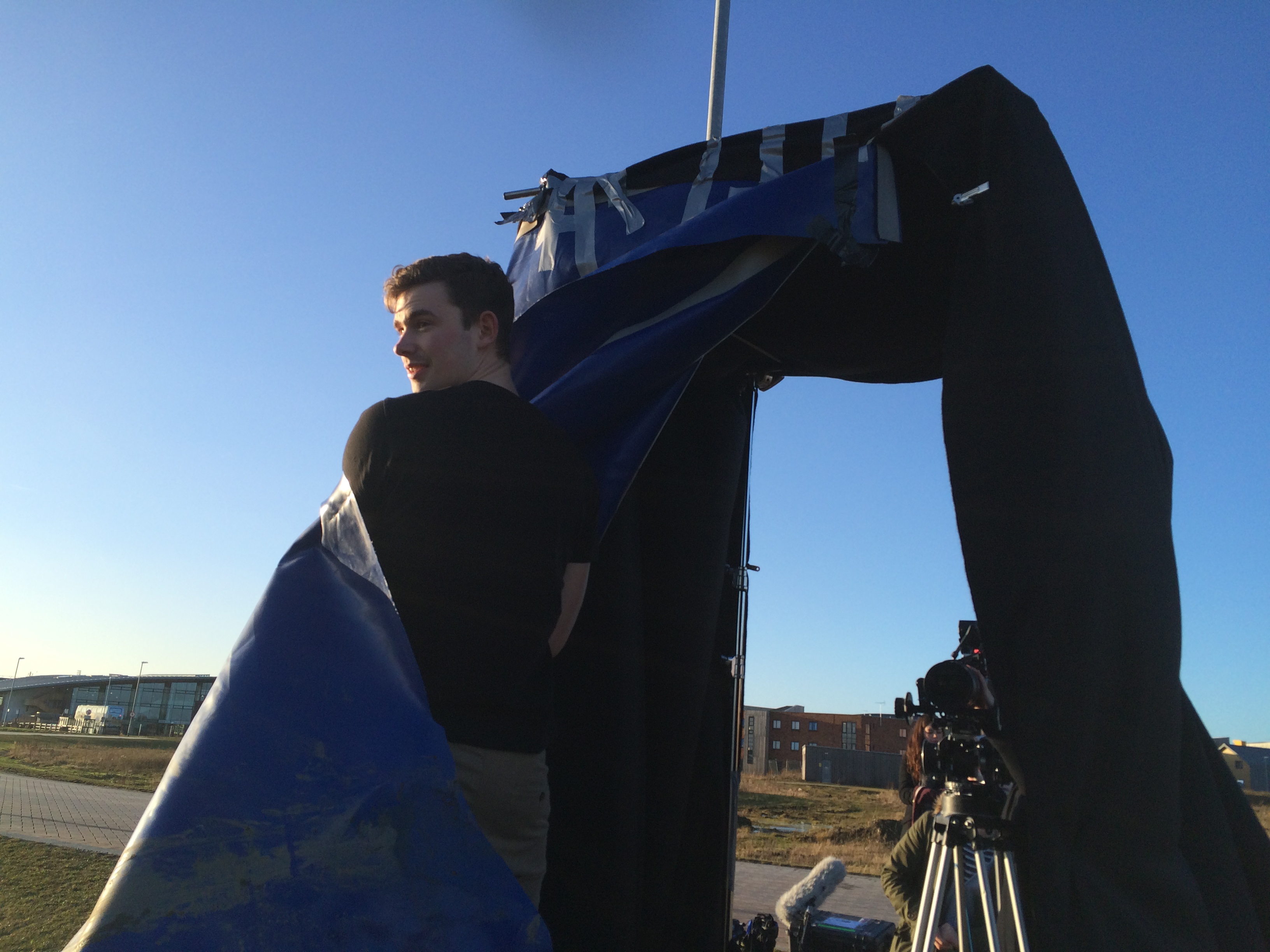
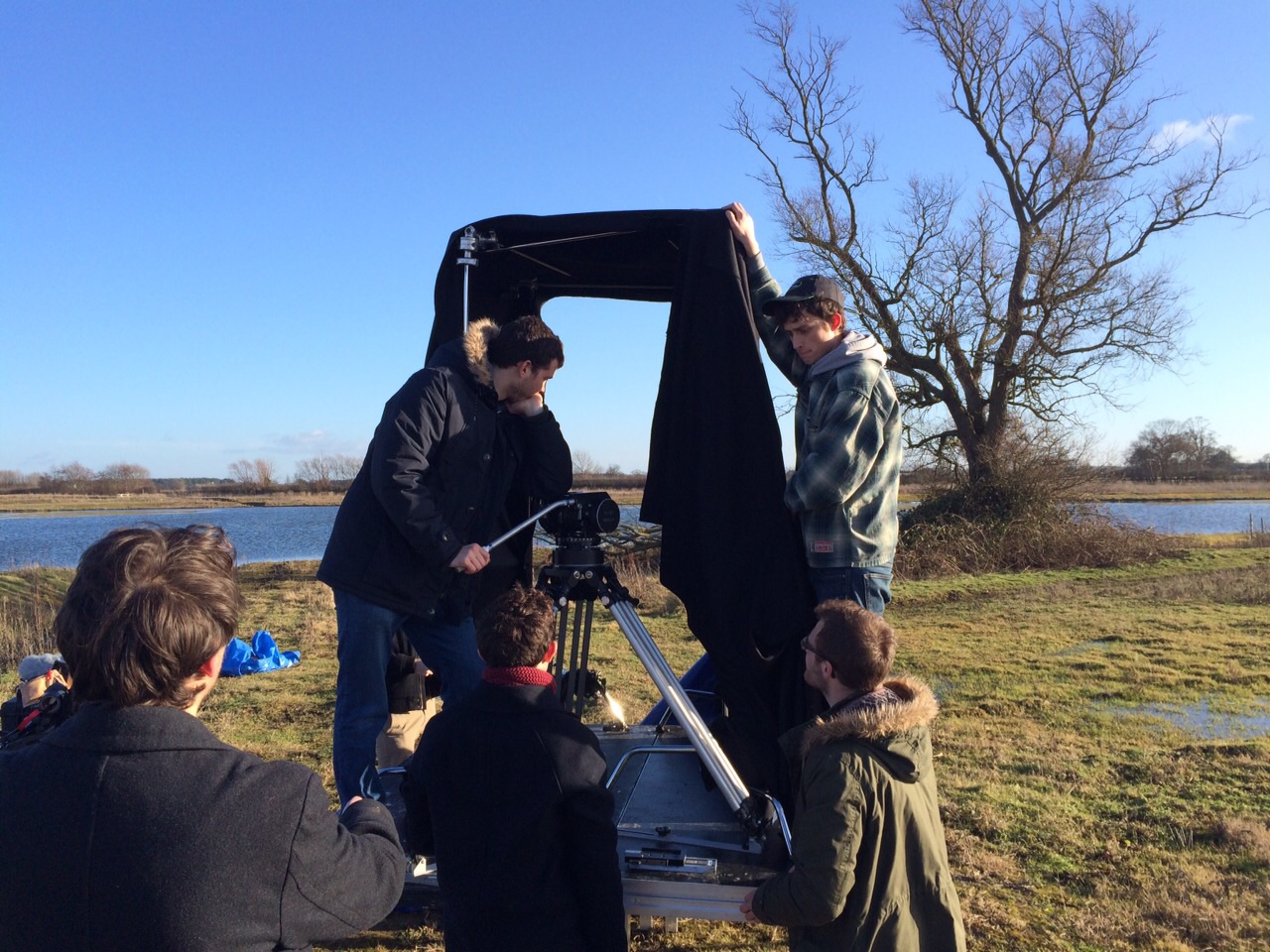
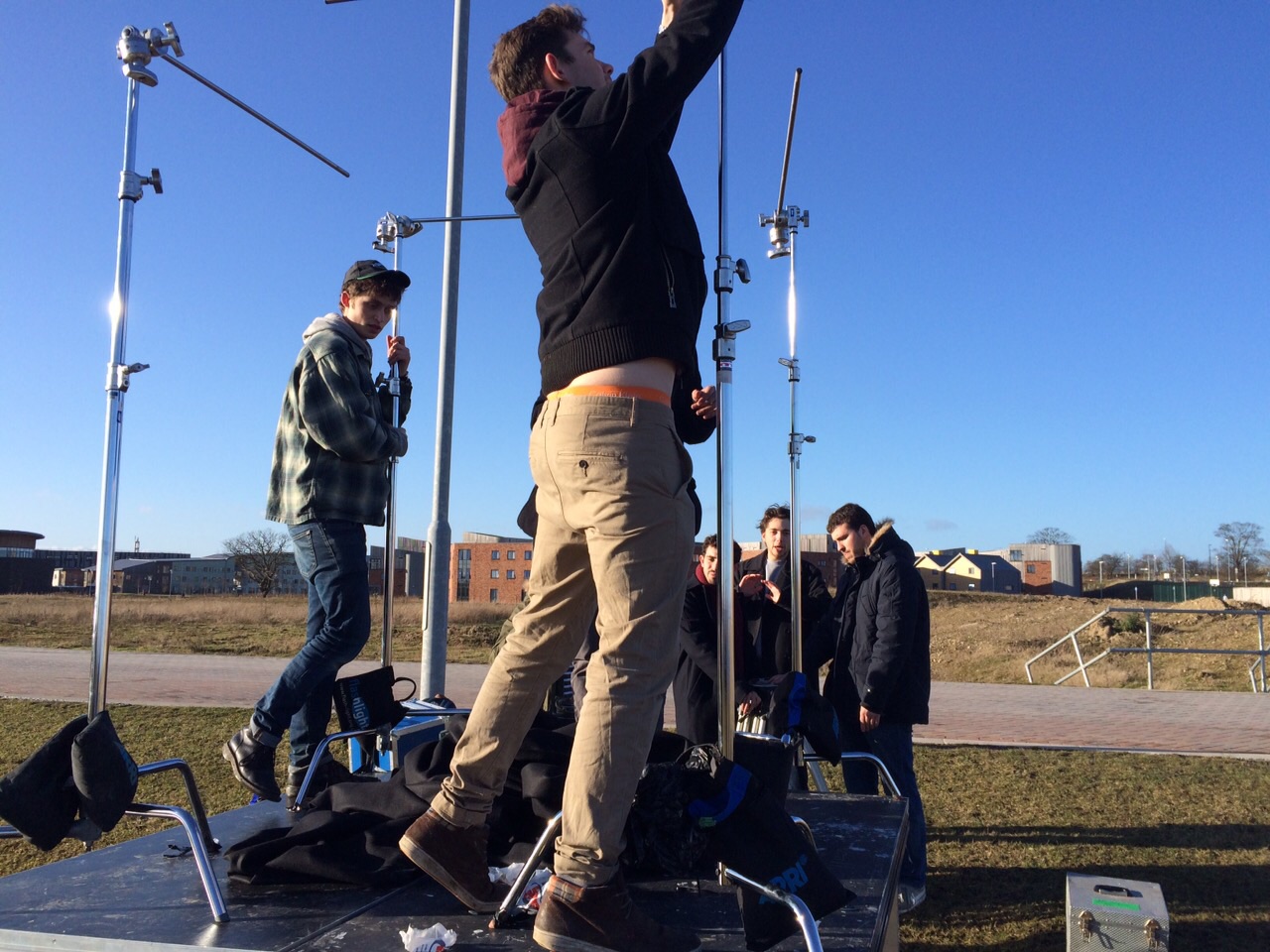
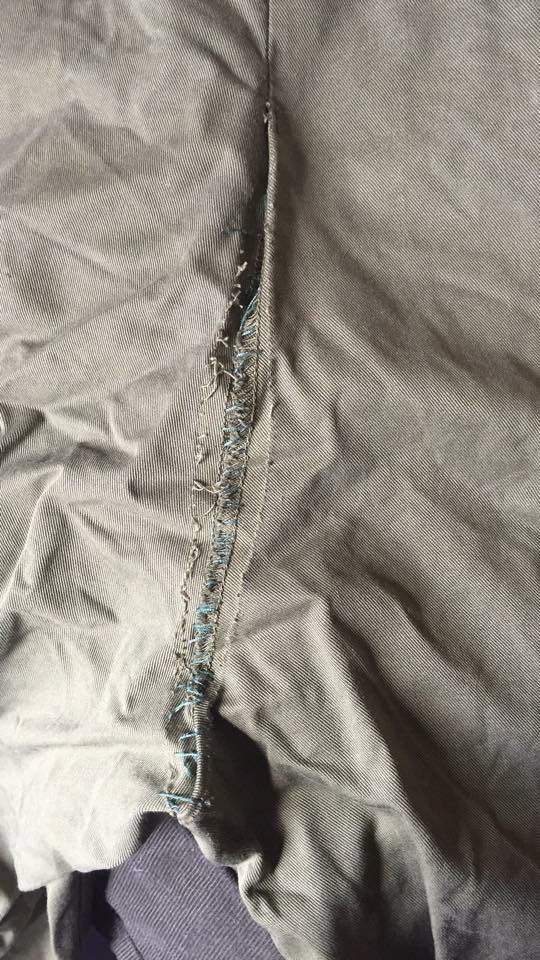
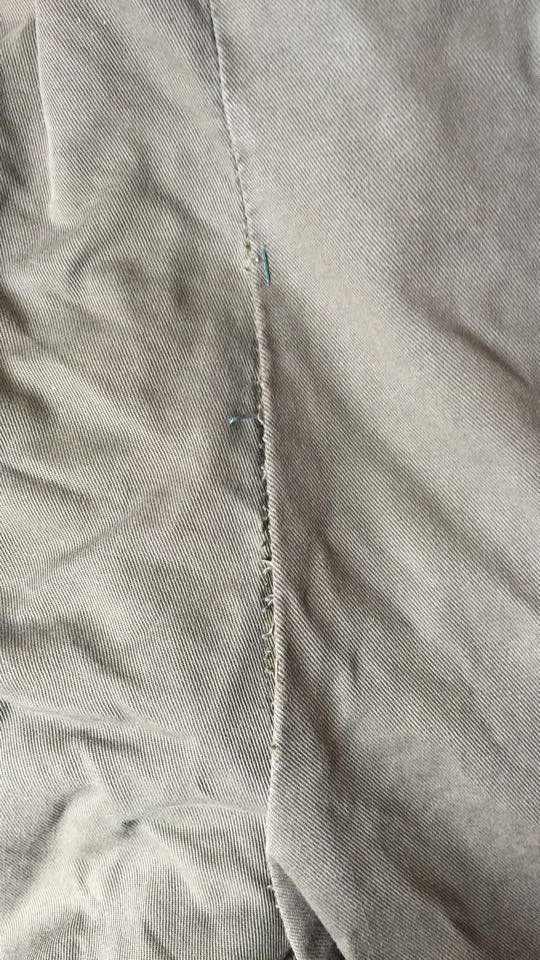
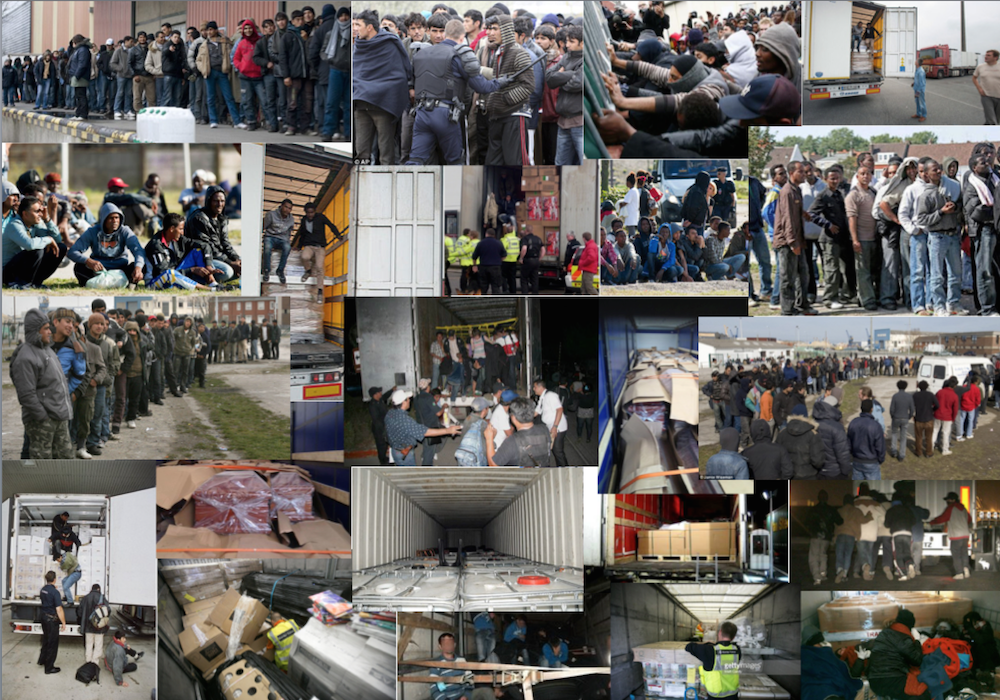
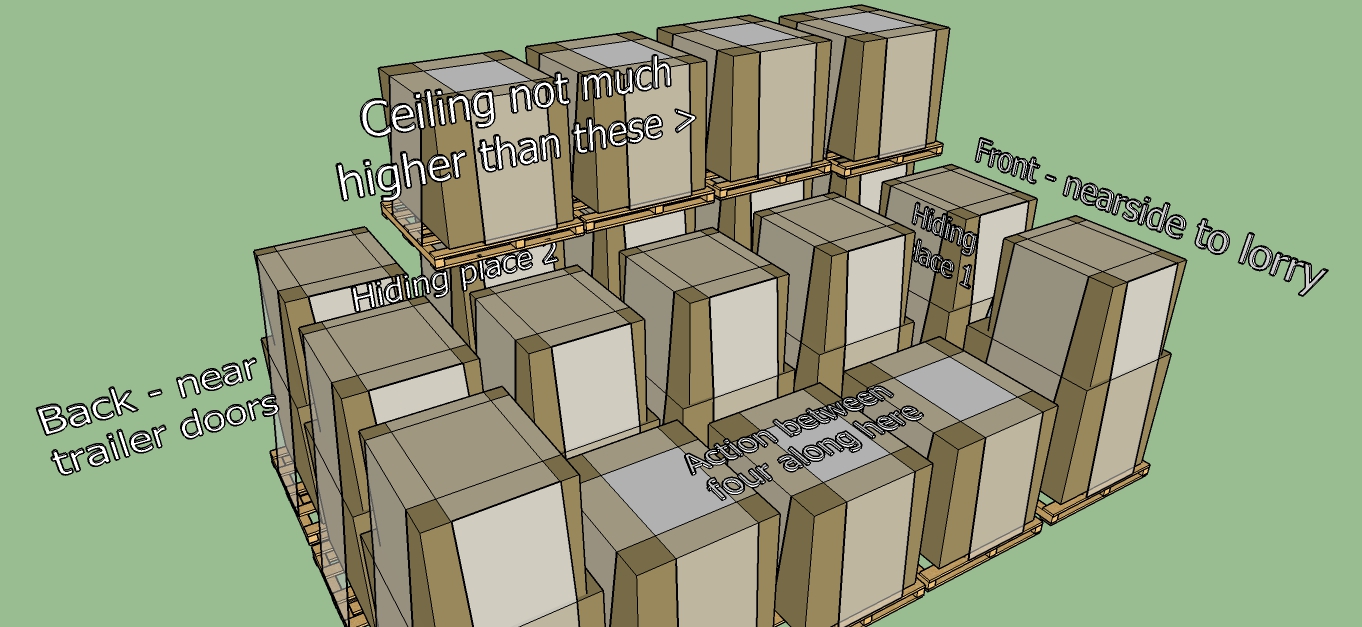
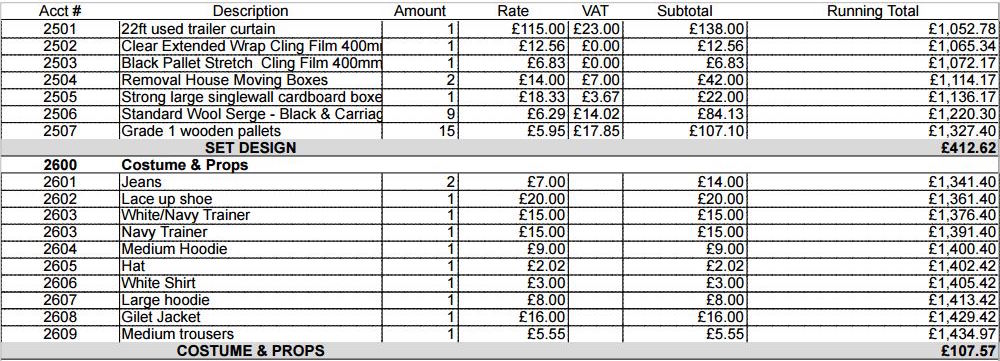
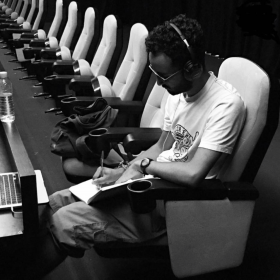
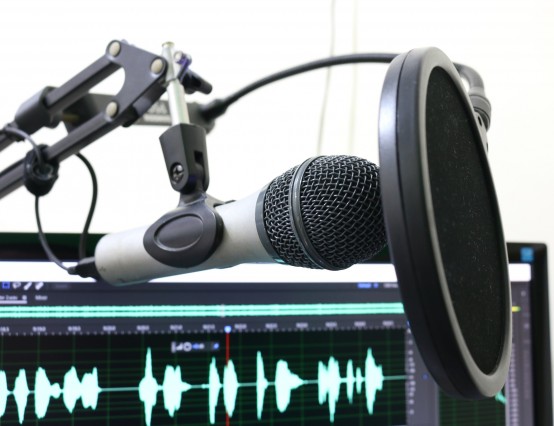

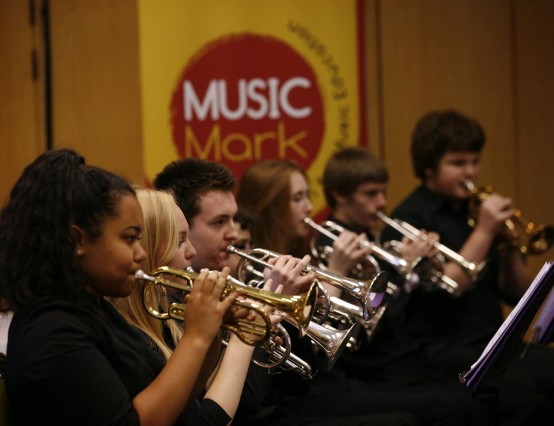


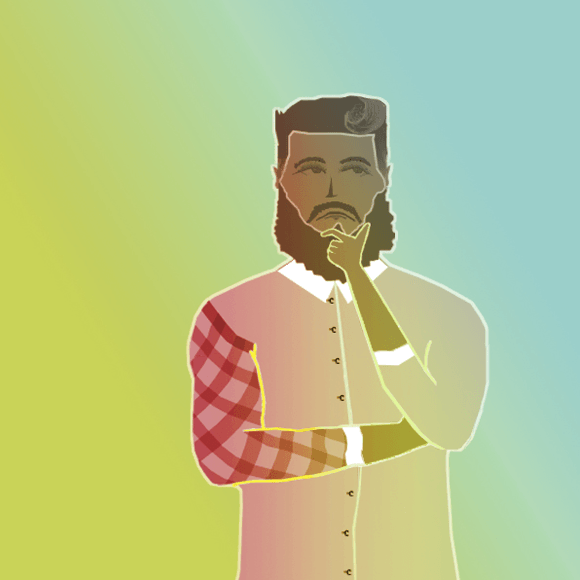
0 Comments